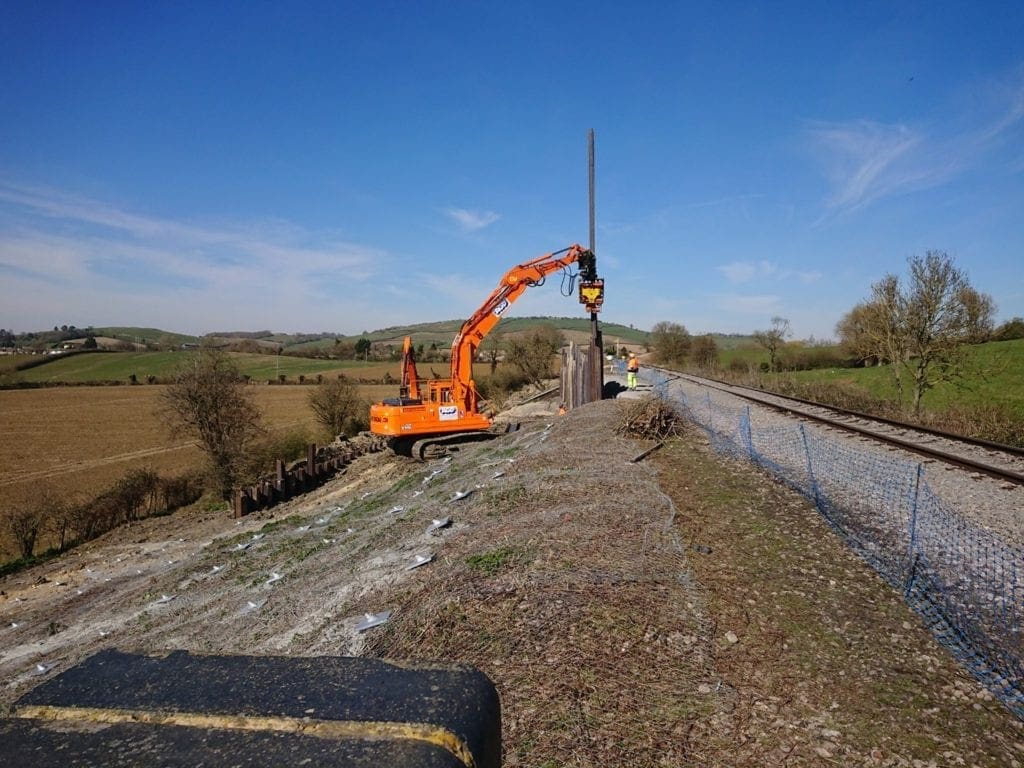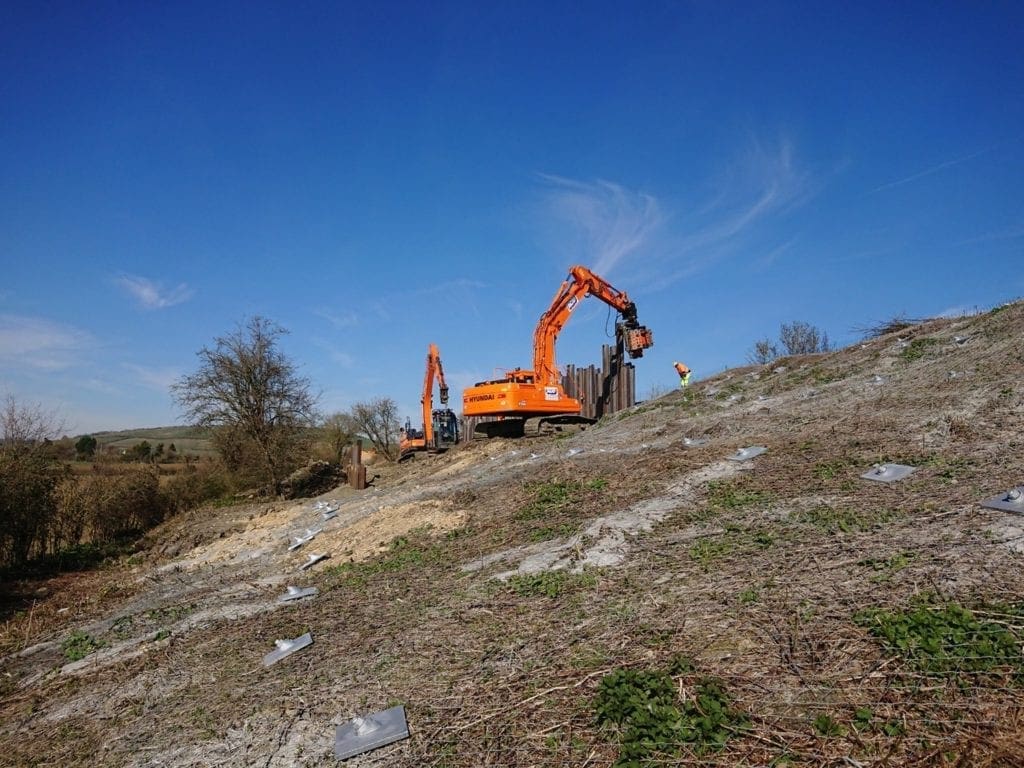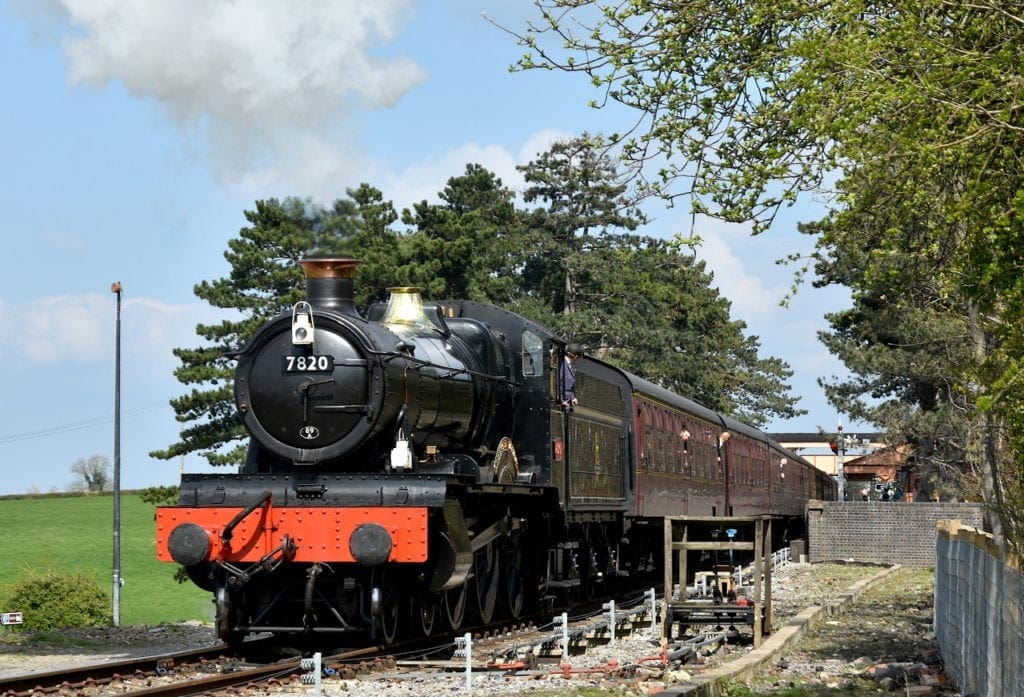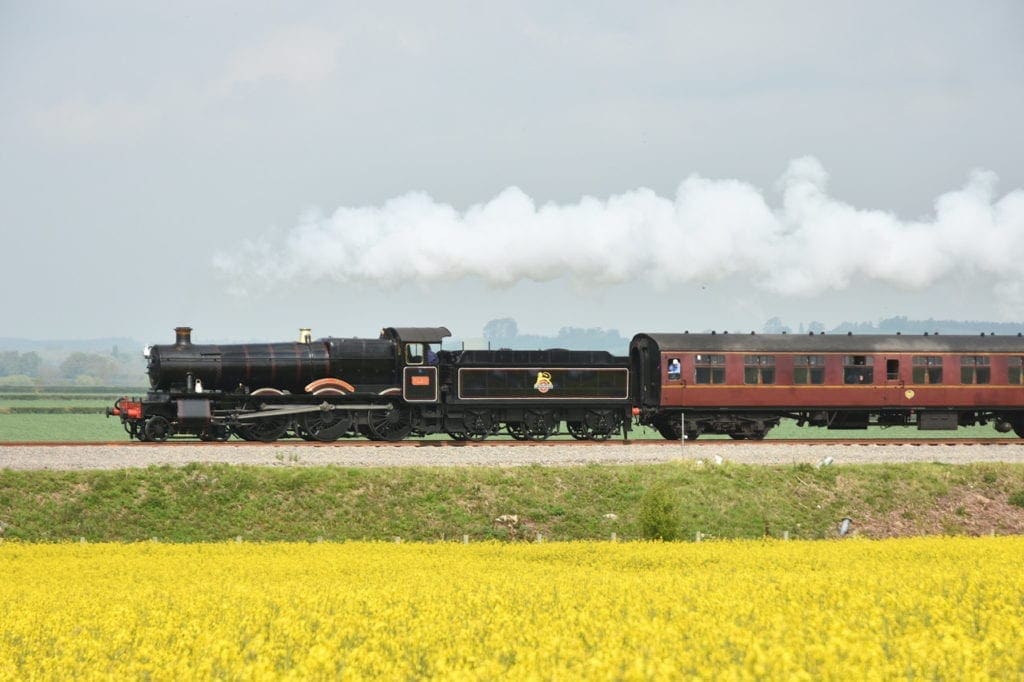
Over £100,000 has poured in to the Gloucestershire Warwickshire Railway Trust’s (GWRT) emergency appeal fund – just 10 days after the railway called out for help.
The funds will help the popular heritage railway cover the cost of £500,000 to repair an embankment landslip and comes at a time when the railway has no income due to the coronavirus outbreak.
Glyn Cornish, chairman of the charitable GWRT which supports the volunteer-run Gloucestershire Warwickshire Steam Railway (GWSR), says he is “stunned and deeply grateful” for the outpouring of public support for the line, which operates steam and heritage diesel trains over its 14-mile railway between Cheltenham Racecourse and Broadway.
Monthly Subscription: Enjoy more Railway Magazine reading each month with free delivery to you door, and access to over 100 years in the archive, all for just £5.35 per month.
Click here to subscribe & save

The landslip has occurred about half a mile south of Gotherington station near Cheltenham, thanks to unstable ground beneath the embankment coupled with persistent winter rain following a dry summer.
“Frankly, the response has been astonishing and I feel very humbled at the way people have dug in to their pockets to help us through this crisis, when they have plenty of other worries facing them,” said Mr Cornish.
“Donations have come from far and wide – including Europe, Australia and Canada. This kind of support underlines just how popular and loved our railway is.
“We have achieved so much over the 39 years that we first occupied a derelict Toddington station. Now we have a 14-mile line that carried over 125,000 passengers last year, making it one of the most popular tourist attractions in the Cotswolds.
“We have faced many setbacks along the way, but it’s no exaggeration to say that this latest landslip and the present shut-down have combined to form one of the biggest financial challenges we have ever faced.”


Specialist contractors are using a technique known as soil nailing as well as putting in piles to prevent the continuing movement of the embankment – effectively securing it to the land underneath.
There were signs that the embankment was becoming unstable before Christmas, the situation worsening in January and February. This has happened despite the railway making significant drainage improvements over the past two or three years.
However, work has had to stop for the time being because of the Coronavirus lockdown. The GWSR is unusual for a heritage railway of its size in that it has just six employees and over 950 volunteers who manage the day-to-day operation of the railway.
Mr Cornish adds: “I’d like to say a huge ‘Thank You’ to everyone who has responded to our call for help. “And while we are all truly amazed at the public response to our dilemma, there is no room for complacency – we need to raise as much money as we possibly can to ensure we can resume the train services that so many people clearly enjoy, when this current crisis is over.”
Donations can be made by cheque, BACS transfer or Pay-Pal. Full details are on the railway’s website at www.gwsr.com




